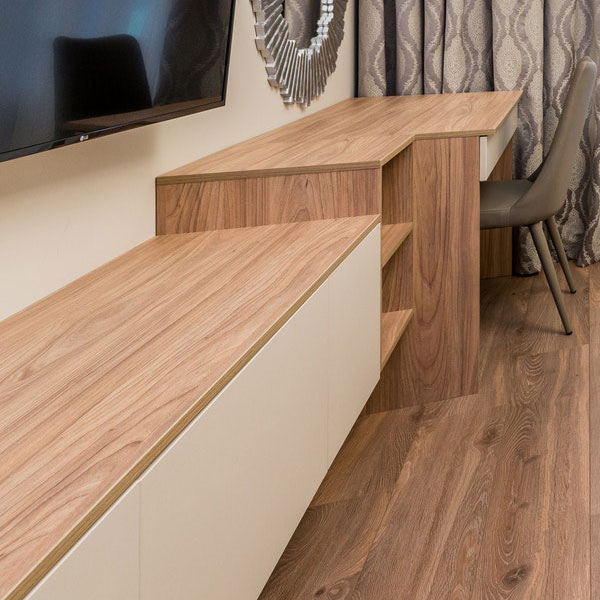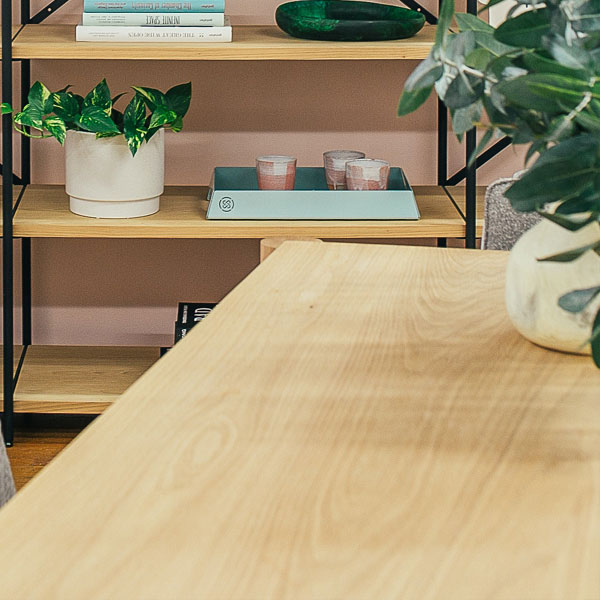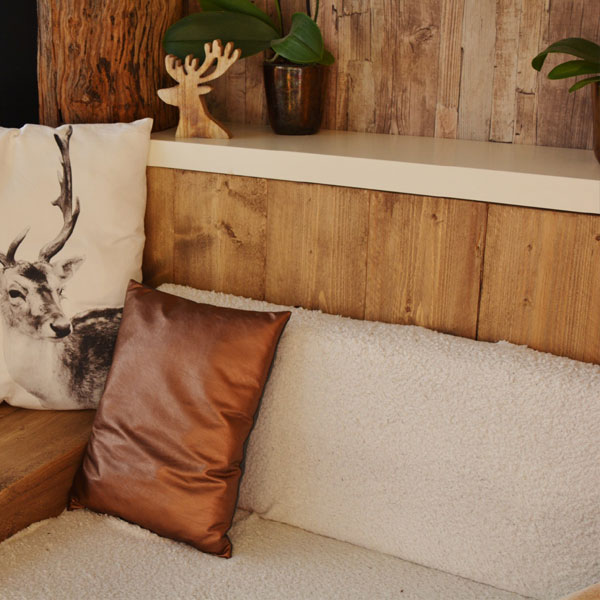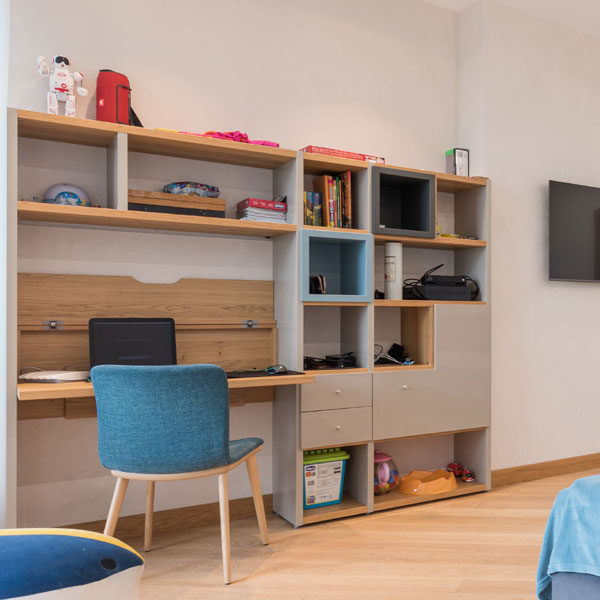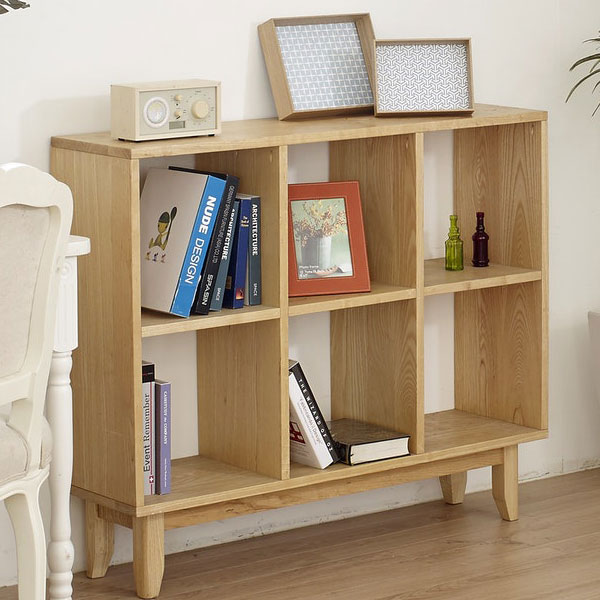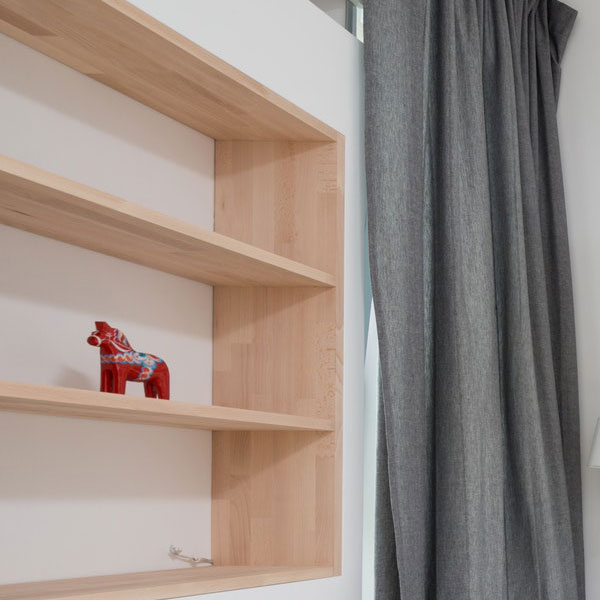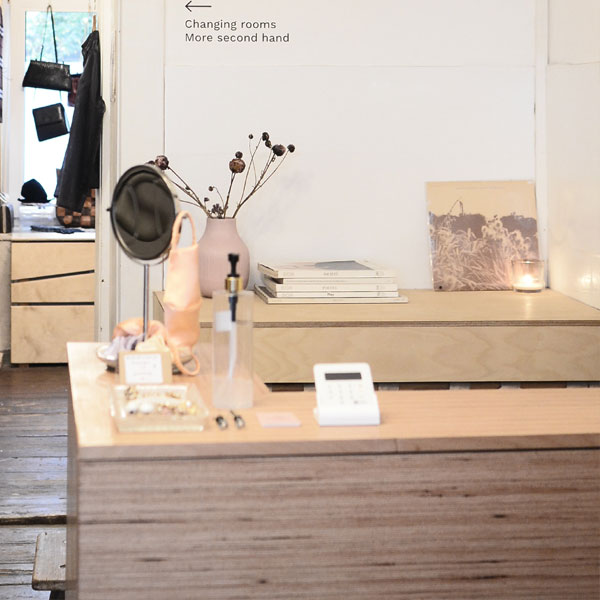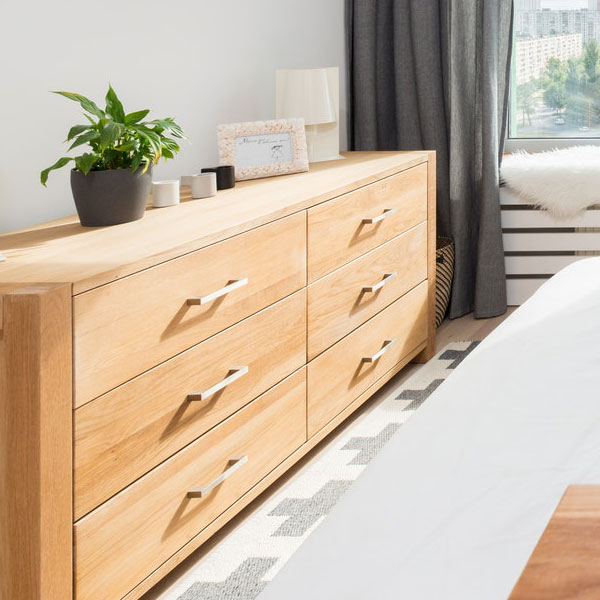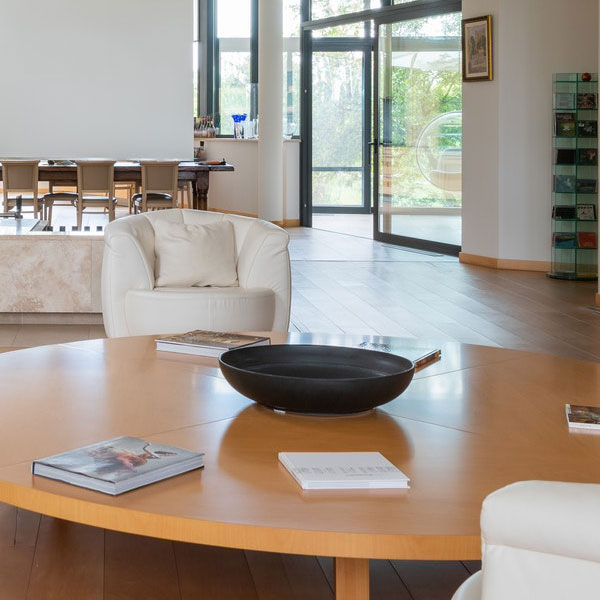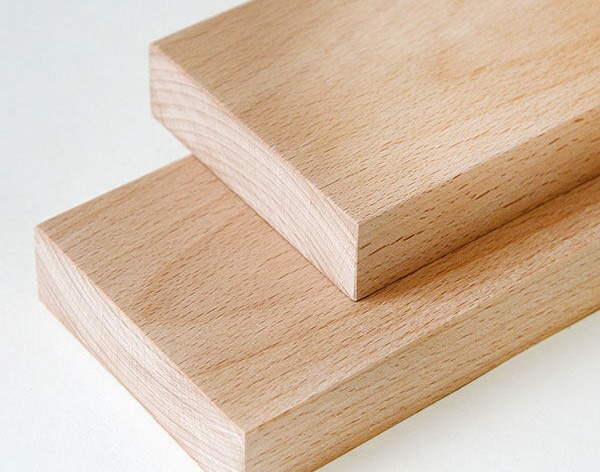
What is Steam Beech Wood?
North America, Europe, and Asia are all home to the beech tree. Beech is the common name for a particular species of tree. such as the Japanese beech, the American beech, the European beech, and many others. These are almost exact replicas of one another. These trees reach a height of between 100 and 130 feet (30–40 m).
Beech hardwood, which falls under the category of “hard-wearing” wood, is non-porous, has a solid density, and a robust surface. It will therefore withstand pressure, chipping, and gouging longer than certain other types of wood.
The sapwood is a pale yellow tone, while the heartwood has a red-white hue. After being treated with steam, heartwood turns red-brown. Beech wood is utilised to create veneer plywood, railroad ties, flooring, and furniture. Although beech is highly robust and hard, it isn’t really suited for long-term outdoor use because it doesn’t hold up well to fluctuations in moisture levels.
Workability
Sustainability
Common Uses
Our selection of walnut sawn timber includes:
- No knots or fractures; clear
- Material without edges and a range of widths
- Materials in KD is offered
- Size: available in thicknesses of 38, 50, 65, 75 and 80mm
- On request, more dimensions are available
- Origin: United States of America, Europe


